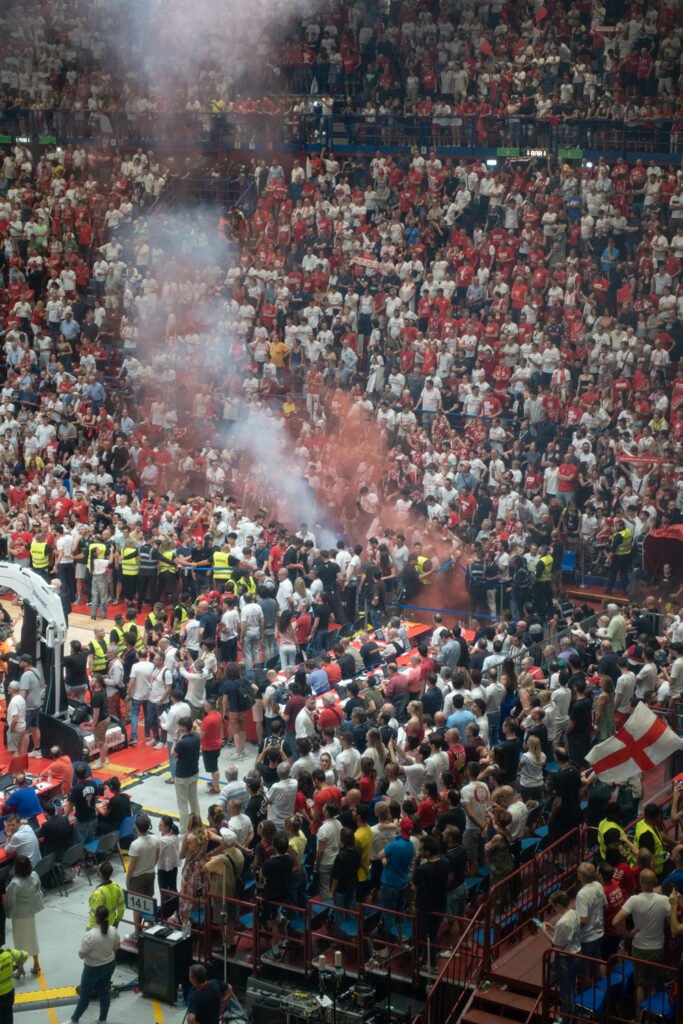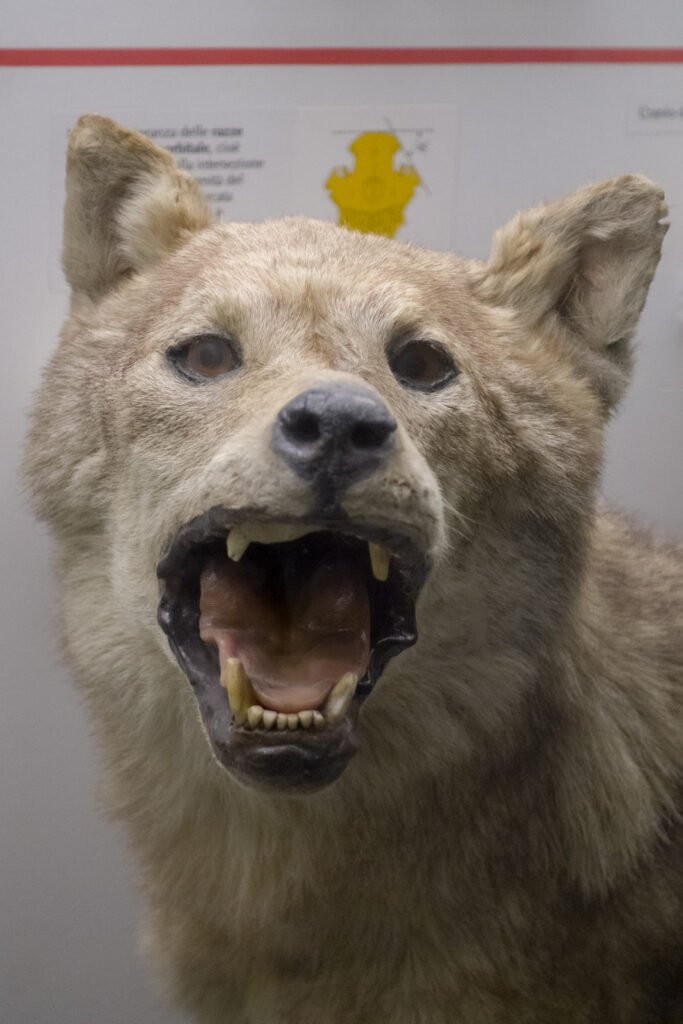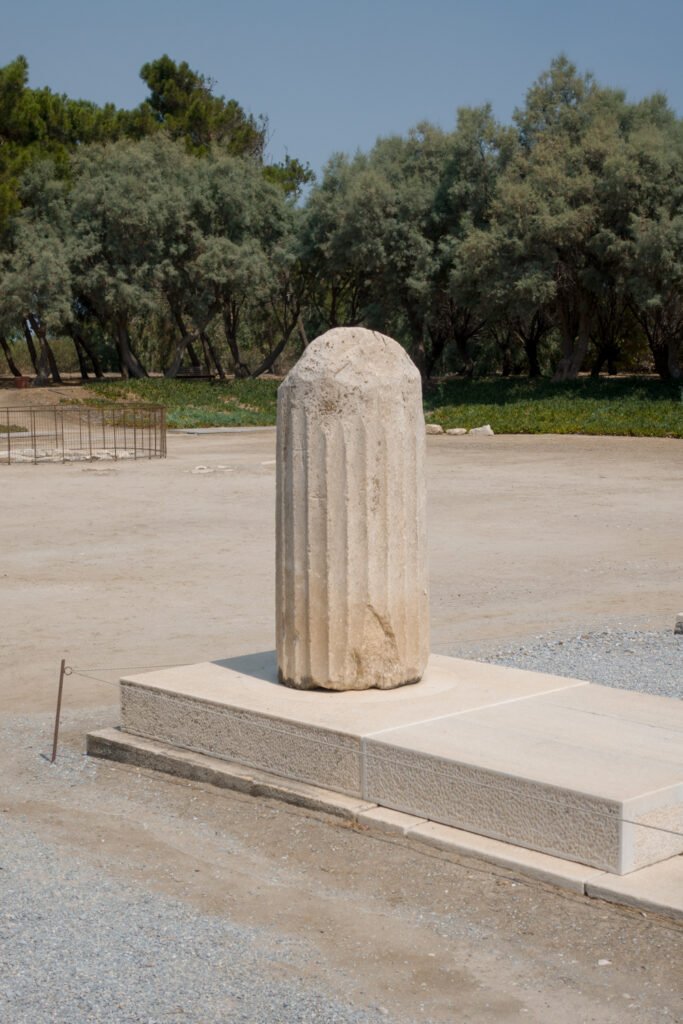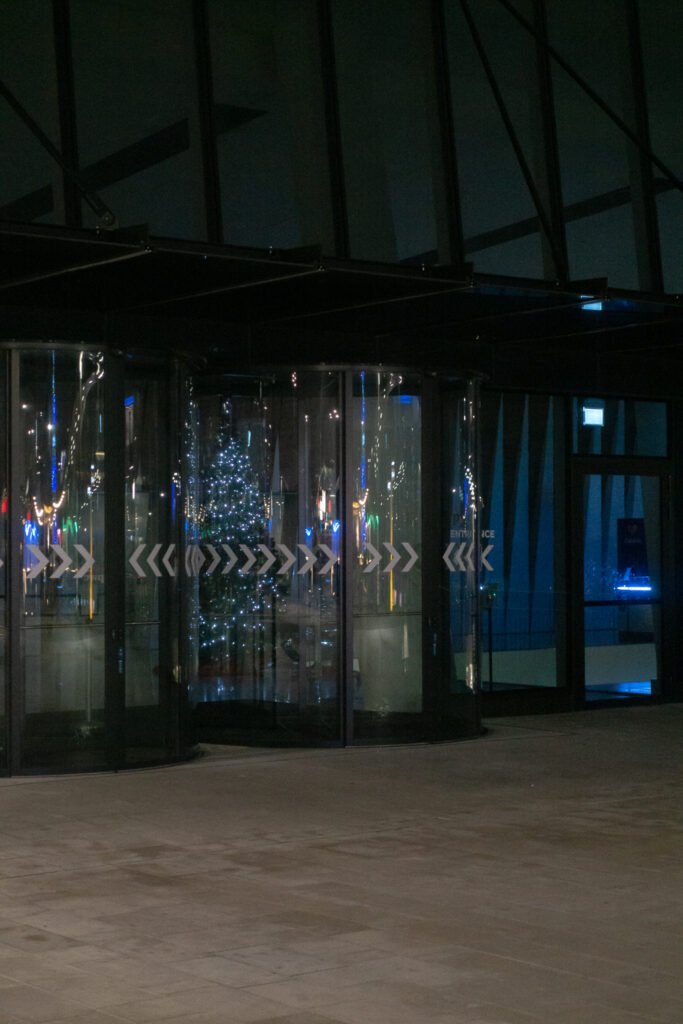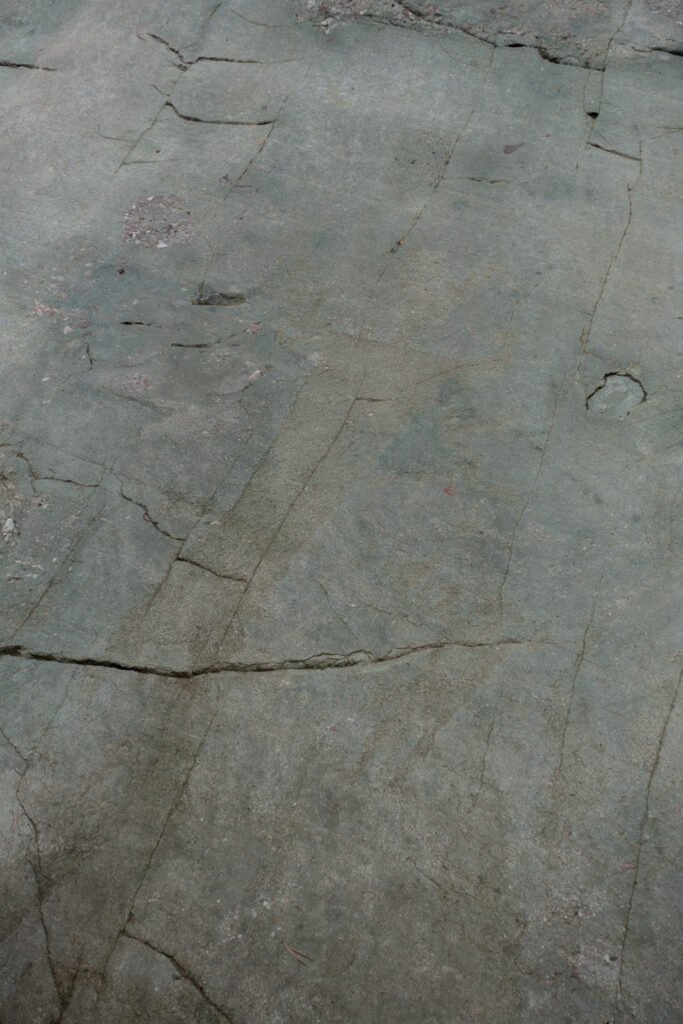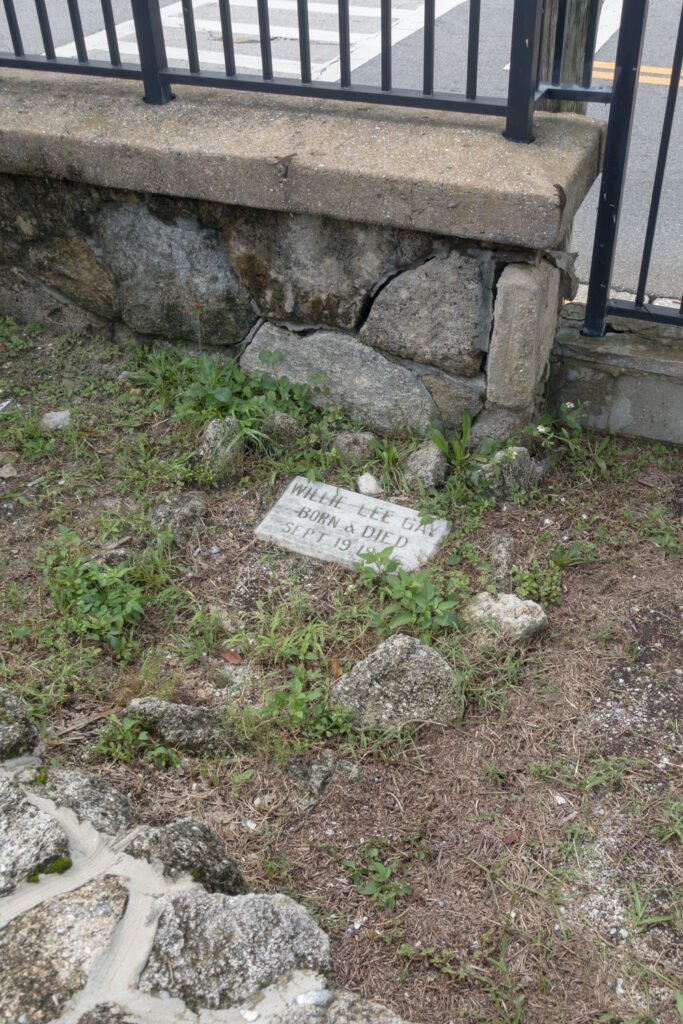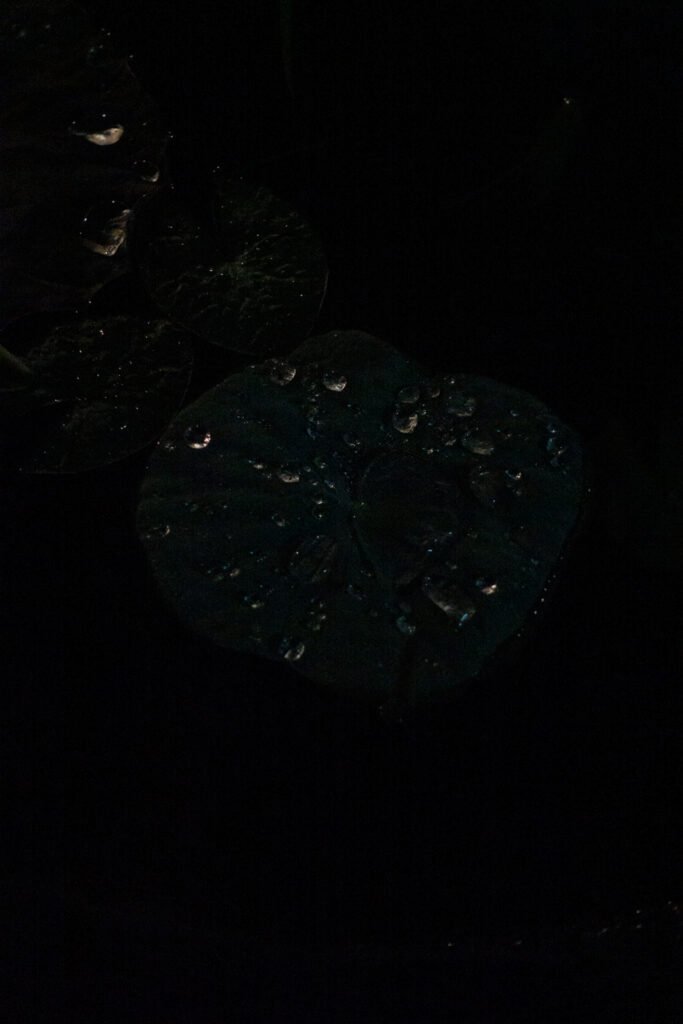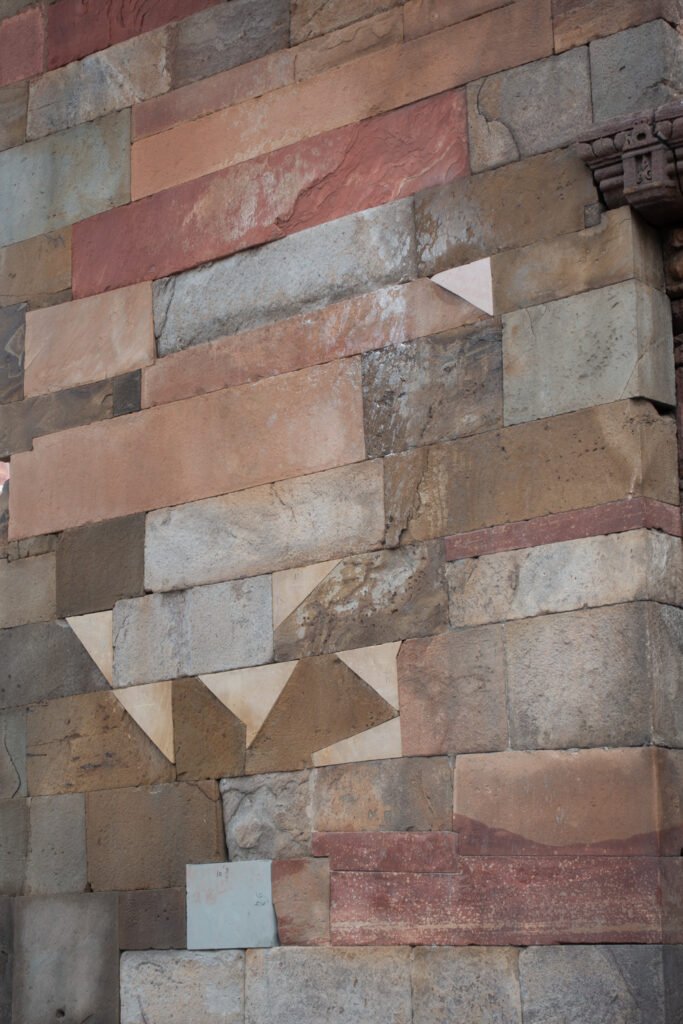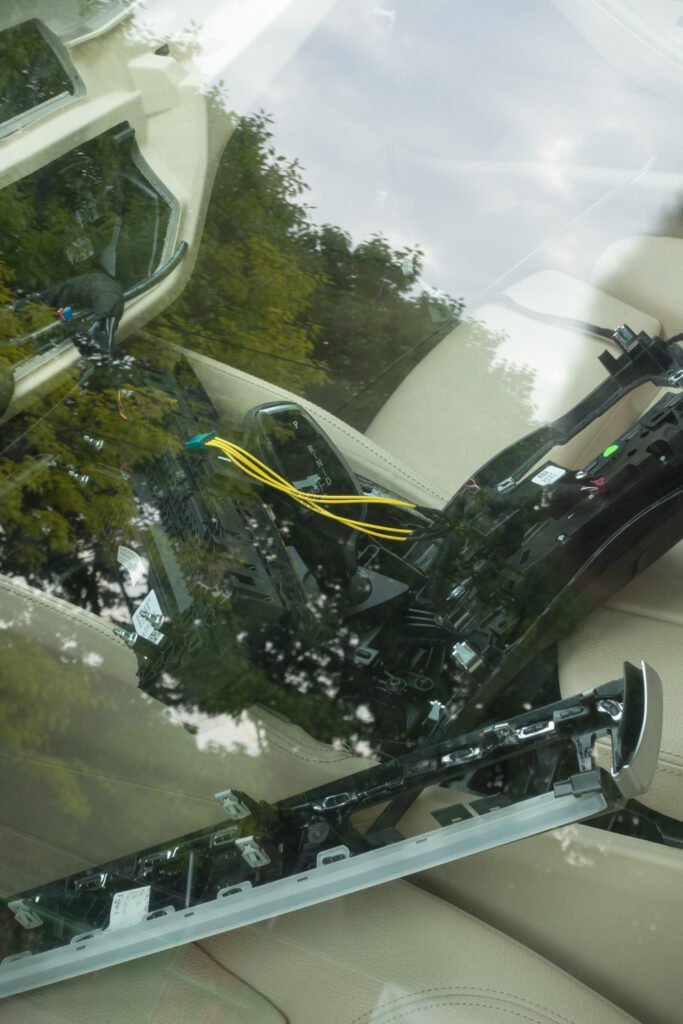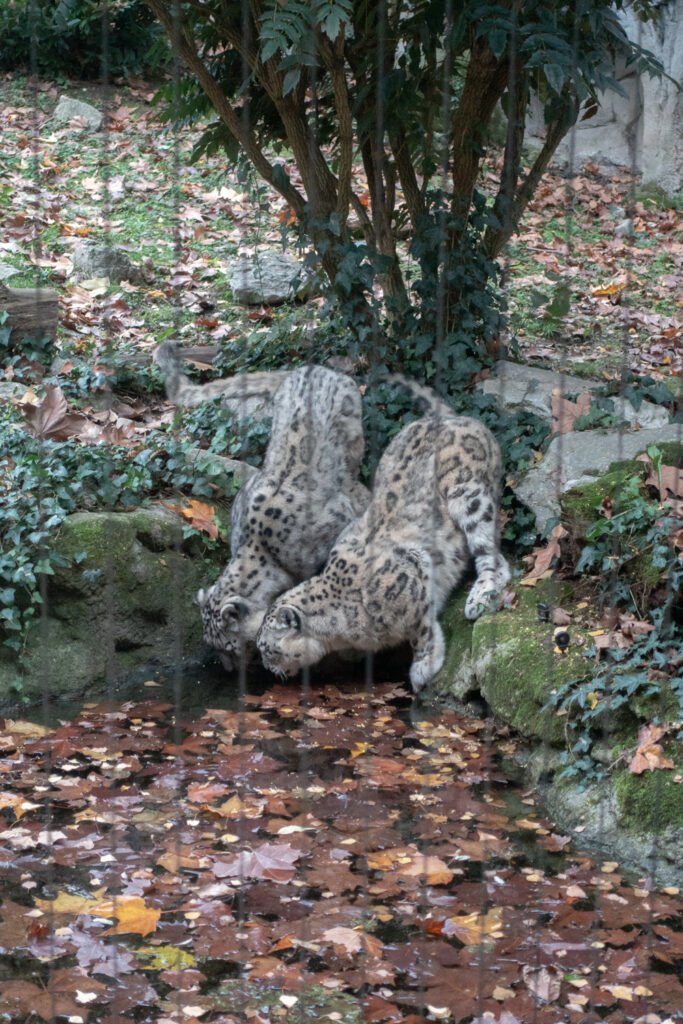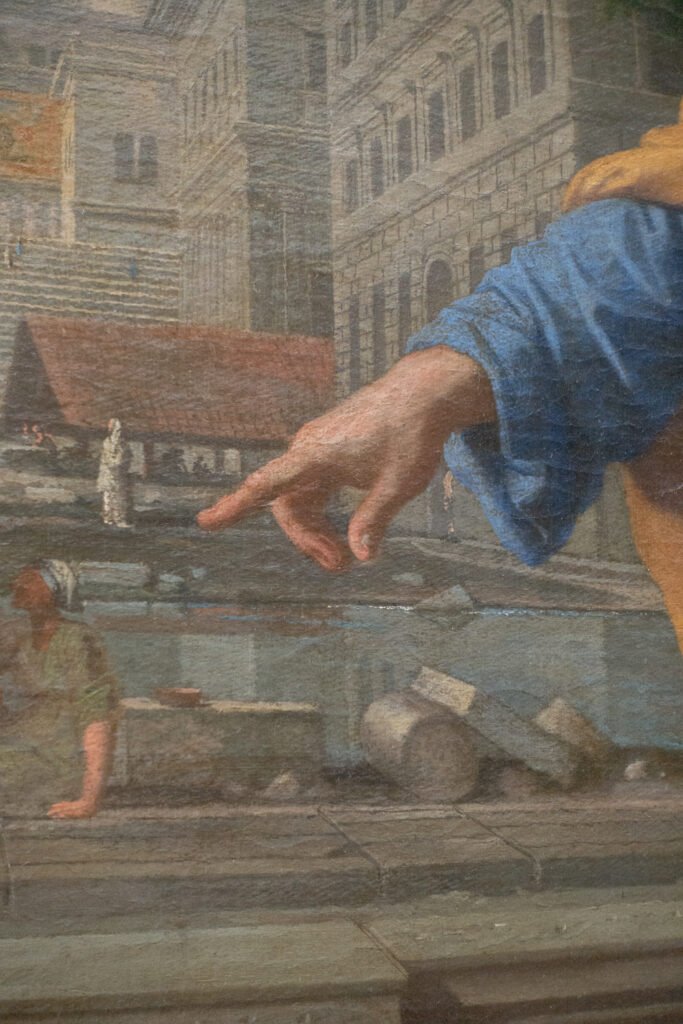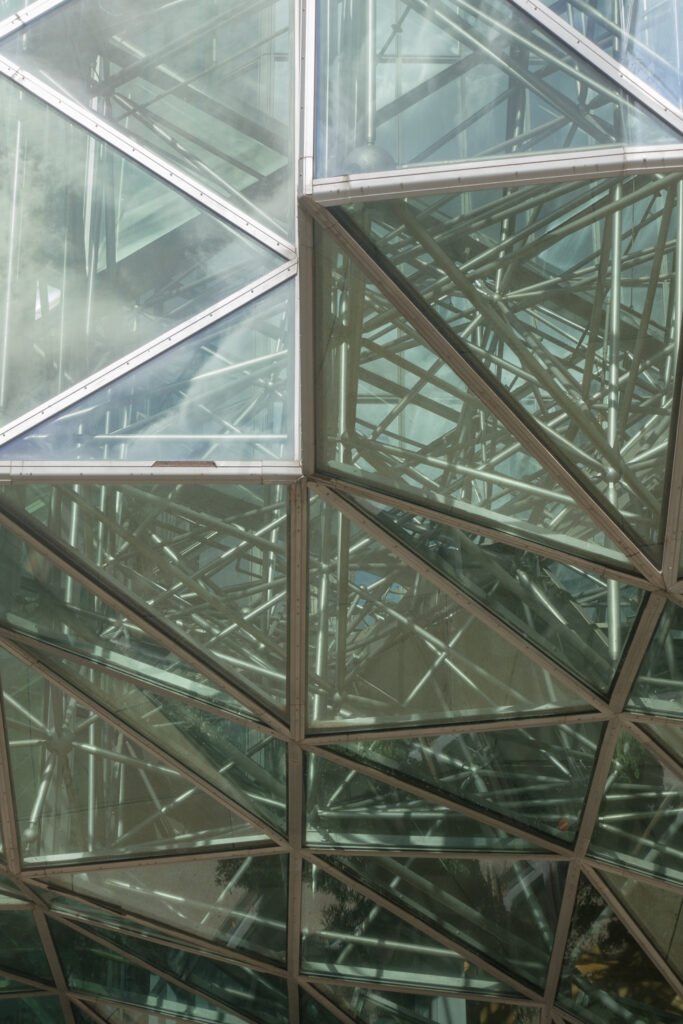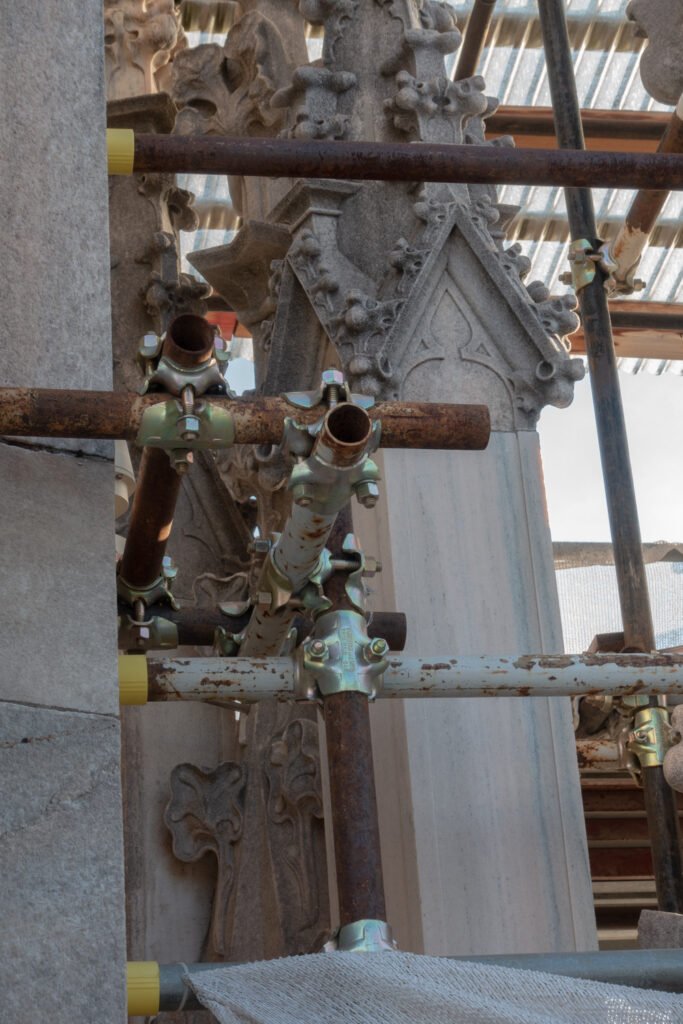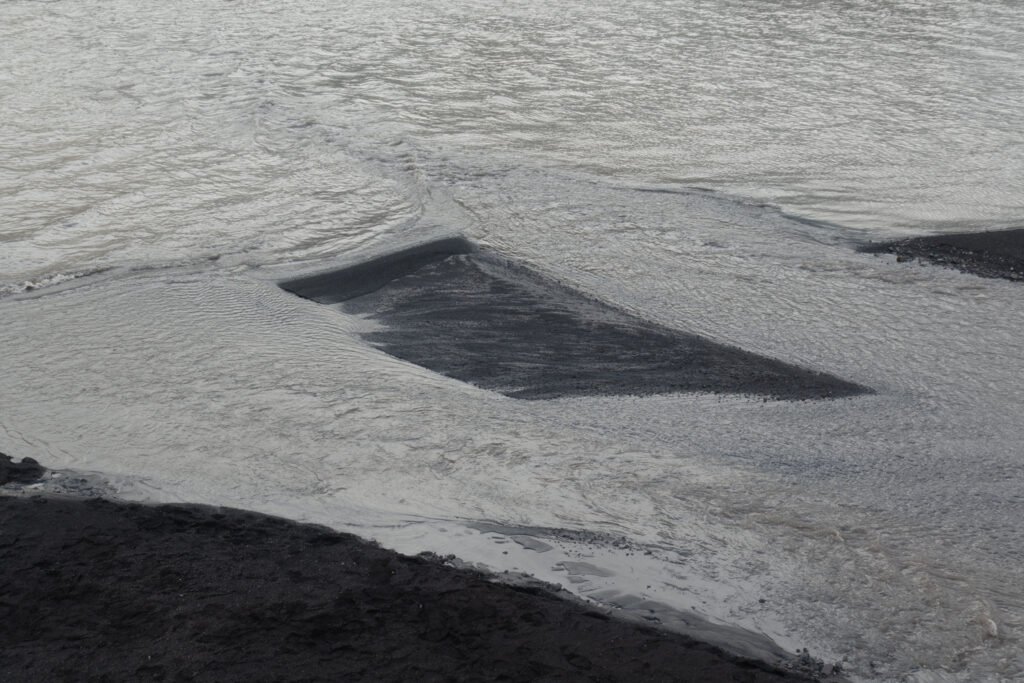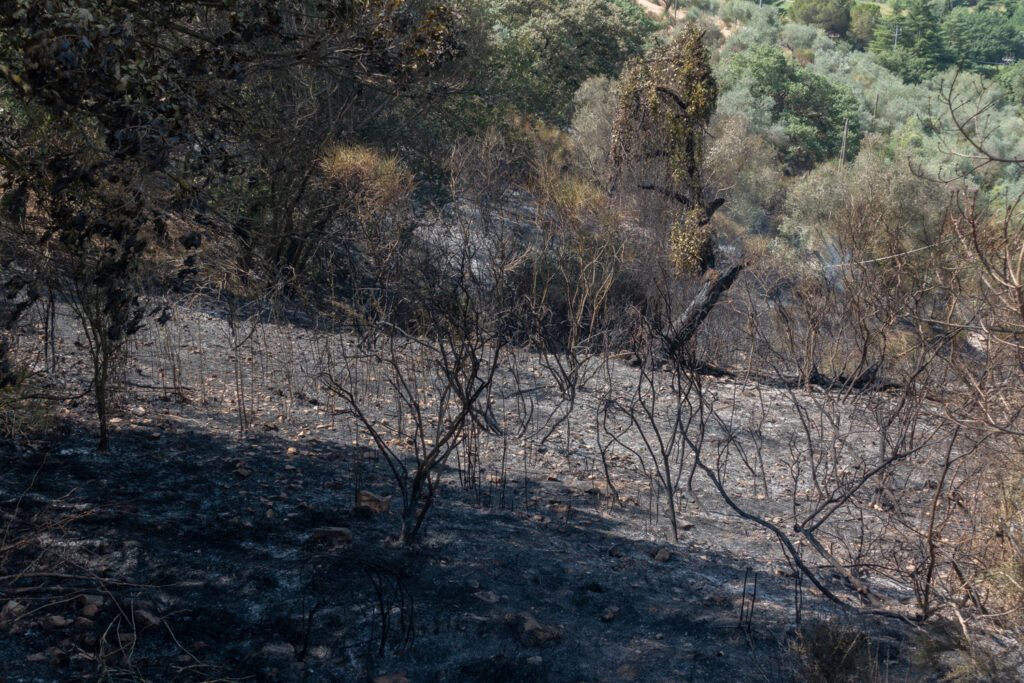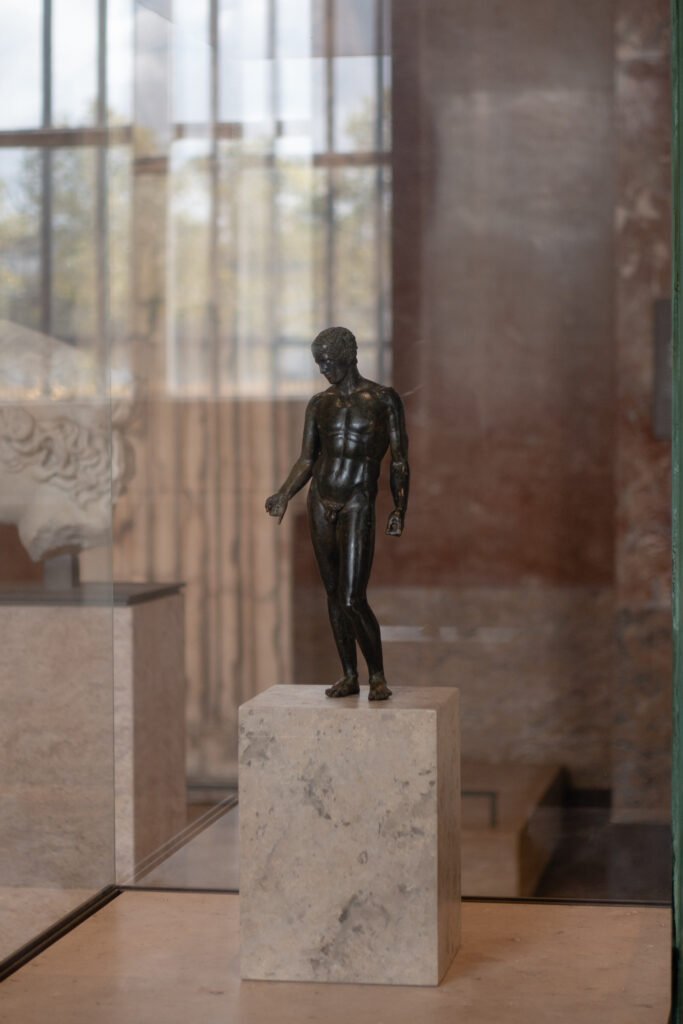RICCARDO ALIPPI
21 immagini
Living as a structure
One photograph depicts the face of a stuffed wolf, frontally, with a blank, fixed, motionless gaze. Another shows a man on a moped, framed sideways through a car window. He wears a full-face helmet that completely covers his face; the urban, dusty context suggests that we are in India; the title makes it clear that it should be thought of as a portrait. The two images produce a tension that concerns first of all the representation of the face and, more deeply, the question of identity and subjectivity. In the case of the stuffed wolf, we have a subject that has lost all biological function. The animal is now an object, preserved and fixed in a posture defined by the person who stuffed it. The animal’s gaze, while fixing the lens, does not return any intentionality. It is an empty mask, an ambiguous presence that recalls something familiar but irretrievable. In psychoanalytic terms, it could be read as a figure of the unconscious: what has been removed (death, violence, animal otherness) resurfaces in frozen, mute, but disturbing form. The photograph of the man in the helmet, on the other hand, starts with a living, fast-moving subject, but denies access to the face.
The helmet transforms him into an anonymous silhouette, a body without expression. Identity, in this case, is not denied through death (as in the wolf), but through the superimposition of devices—technological, urban, social—that obscure its accessibility. Once again, the photograph does not return a subject, but its surface, its envelope. The face of the wolf, fixed twice—first by embalming, then by framing—becomes pure icon: lifeless animal, but also with no possible return to a natural origin. The hidden face of man, protected and erased, is instead an example of how the real, even when present, can remain inaccessible.
Finding a relationship between two of the images that compose this work is easy, but what ties them all together?
It presents 21 photographs made in different times, places and circumstances. Each photograph made by an author, beyond the genres, subjects, techniques or projects to which it belongs, shares a common origin: it happened in his life and during his life. Rather than being a product of a coherent style or vision, each image is first and foremost a consequence of the existential position in which the photographer was at the time of the shot. This datum, which is often put in the background compared to formal or conceptual logics, constitutes instead a structural element of photography making. Every subject, in order to be photographed, had to be in front of the photographer. Not in front in a spatial sense only, but also in a temporal and relational sense: a thing exists in a photograph not because it was thought, but because it happened in the author’s space-time. It follows that what holds together, in depth, the photographic production of a single author is not stylistic unity or design coherence, but the continuity of its existence. The author in this case has decided to minimize any external structure, any design, any narrative in order to make precisely this continuity stand out.
The issues raised by these images are existential.
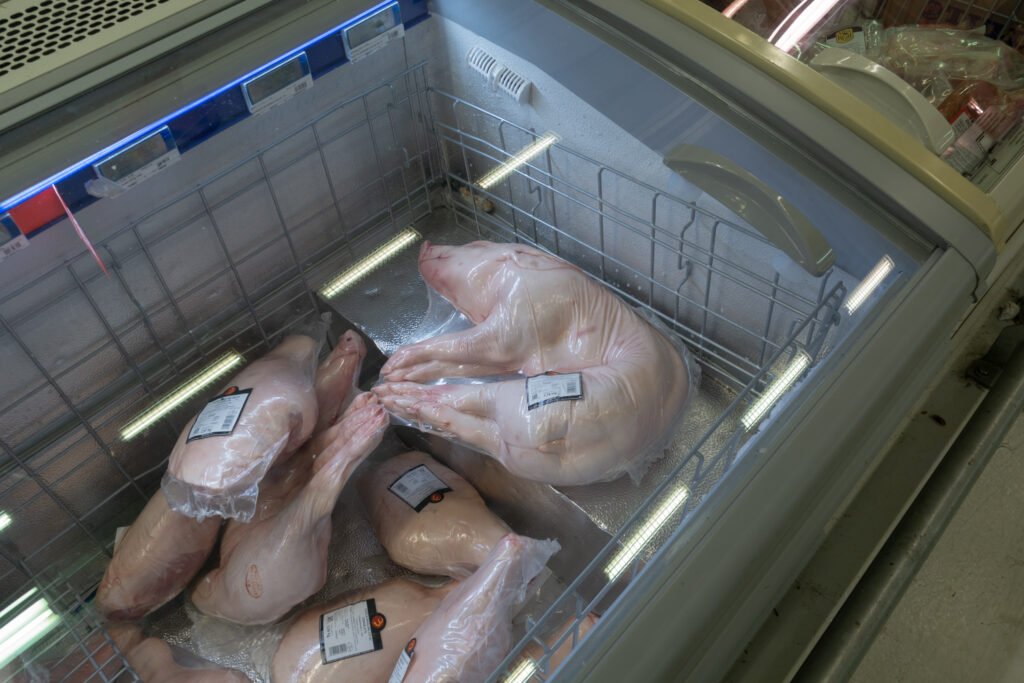
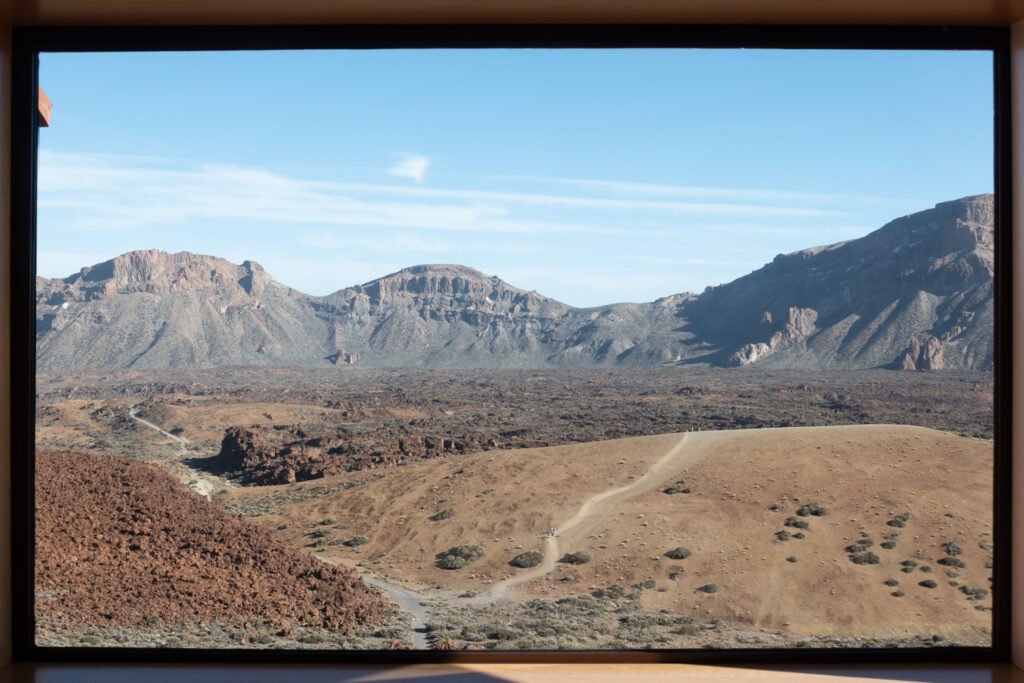
Riccardo Alippi (1998) was born and lives in Milan.
In 2020 he graduated in photography from the European Institute of Design. Together with two other partners in 2023 he founded Cratere, a photographic and creative studio.
His photographic work focuses on the relationship between images and life.
